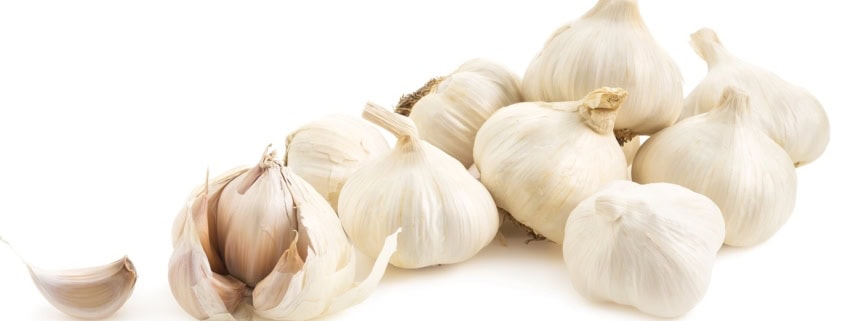Five Cool Things You Probably Didn’t Know About Nutrition!
1> The nutritional value of a food is not only determined by the quantity of nutrients within the food you eat, but also by how well your body is able to break down and digest that food.
The amount of times you chew, acid levels in your stomach, the mind state you are in whilst eating and the health of your digestive tract all influence the nutrition you are able to extract from food. You could theoretically be deficient in certain nutrients, despite eating loads of fresh, healthy produce. You are what you digest and not what you eat. Some research shows that you can actually double your nutritional intake of vital nutrients to health just by doubling the amount of times you chew.
Fancy inhaling another sandwich at lunchtime, whilst staring at your computer? Think again!!
2> Certain foods, such as Garlic and high SPF Manuka honey, have greater anti-microbial properties than any current medication. Garlic in particular is probably one of the best anti-fungal compounds in the world. What is amazing is that bacteria don’t build a resistance to these products, but they do when exposed to some anti-biotics? (That’s not to say that they will cure you, but they could be a useful addition to your healthy diet)
3> When exposed to high temperatures, certain cooking fats oxidise, which turns their potentially therapeutic properties into particularly damaging ones. Surpassing a fat’s “smoke point” creates the formation of free radicals, which induce oxidative stress in the body and can actually damage your DNA at cellular level.
Want to age quicker? Then eat lots of fats cooked in hot saucepans, woks and deep fat fryers. Ghee (clarified butter) has one of the highest “smoke points” and is therefore the fat most suited to high temperature cooking. It is also high in butyric acid (a compound renowned for improving gut health). Certain oils extracted from nuts have the lowest smoke point and should therefore be consumed raw or prepared at low temperatures.
4> Certain cells, such as cancer cells, grow at an incredibly slow rate when insulin is kept at an incredibly low level, such as those seen in a ketogenic diet. Certain cells thrive off glucose, so when you deprive them of their primary fuel source, growth can be limited, halted and some science actually suggests even regressed! Some clinics around the world actually use fasting and ketogenic diets to cure some conditions, such as epilepsy, to great effect and some physicians even claim to manage cancer in patients who are in a well enough state to cut calories or change their diet via the use of such diets. The research surrounding this is still in its infancy and there is much to learn, but eating a higher fat based diet, moderate in protein whilst maintaining a low intake of carbohydrates, particularly high glycaemic load foods such as sugars, white starches, fat free dairy etc. is a good place to start. Certain foods and exercise massively improve your insulin sensitivity (one of the primary reasons why exercise lowers your risk of just about every major disease known to man). Carbohydrate should therefore be used sparingly and levels of your consumption should reflect your activity and exercise levels as well as your current levels of body fat. Don’t exercise? Then you can’t really justify that second helping of chips!
5> The colour least associated with hunger is blue. Research has shown that eating off blue plates or being exposed to the colour blue is associated with people generally eating less and having less appetite. Interestingly however, reds, oranges and yellows are associated with greater feelings of hunger and are associated with greater total calorie consumption. Incidentally all fast food chains use these colours in all of their packaging, merchandise and marketing!



